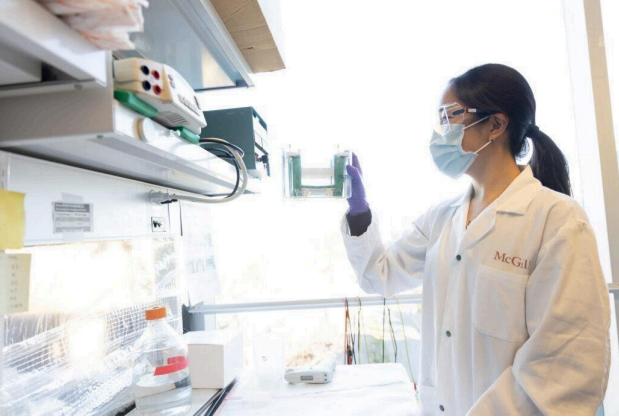
1 minute read
Advocacy Spotlight
The "Advocacy Spotlight" section of Heal Canada Digital Magazine servesasadynamicplatformdedicatedtoshiningalightonpatient advocacy groups, both new and established. This unique feature aims to introduce these vital organizations to a broader audience, highlighting their missions, achievements, and the critical support theyofferpatientsandtheirfamilies.
Eacheditionofthissegmentmeticulouslyselectsadifferentgroup, delvingintotheirspecificfocusareas,rangingfromrarediseasesto everyday health challenges. By showcasing their stories, initiatives, and community resources, Heal Canada amplifies these groups’ voices and fosters a deeper understanding and connection within thebroaderhealthcarecommunity.
This section is more than just an informational piece; it's a celebration of the tireless efforts and significant impact of these advocacy groups & empowering readers by connecting them with valuableresourcesandsupportnetworks.

Melanoma Awareness Month at the GCI: Myths, Facts, and New Research.
By Diana Berry

Melanoma is the rarest, but also the deadliest form of skin cancer, and is the source of both common misconceptions as well as next-generation cancer research. Unlike other skin cancers which arise from the cells that make up the layers of the skin, melanoma originates in the skin’s pigment producing cells called melanocytes. Many researchers at the Rosalind and Morris GoodmanCancerInstitute(GCI)areinvestigatingwhatcausesmelanomatodevelopandspread, withtheultimategoalofimprovingtreatmentsforpatients.
Melanomaisoftenassociatedwithtanningandlackofsunscreenuse,sincemelanomaandother skin cancers are driven by damage to cells caused by sunburn. Another melanoma risk factor is biological sex – males are more likely to be diagnosed with melanoma, and more likely to die of melanoma While outdated misconceptions explained this sex difference in melanoma by conflating gender stereotypes with sunscreen use, researchers including Ian Watson at the GCI have uncovered a genetic explanation A gene on the X chromosome, which females have two copiesof,isprotectiveagainstmelanoma MaleshaveonlyoneXchromosome,sotheyhaveless geneticprotectionagainstmelanoma










